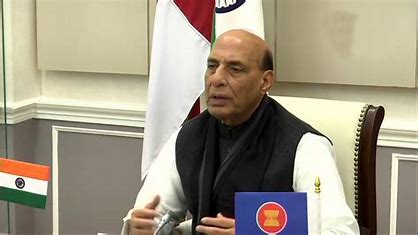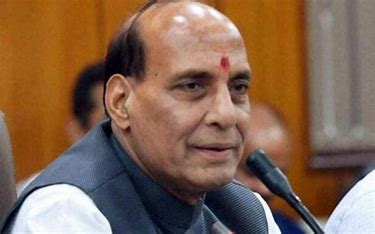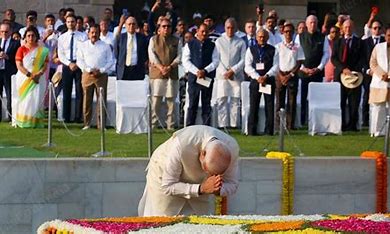
Awareness regarding energy drinks did not align well with knowledge among young adults. Surprisingly, positive awareness among students appeared to encourage increased consumption. This trend could be attributed to the marketing strategies employed by companies, targeting their audience with messages highlighting positive health and social benefits. A study involving UAE university students revealed that around 63% were aware of energy drink ingredients but were uncertain about the safest consumption levels.
Another study indicated that while most students knew about one or more components of energy drinks, a significant number lacked awareness that caffeine is an ingredient (37.14% vs. 44.77%, male vs. female). Similarly, research in Jeddah, Saudi Arabia, found a lack of knowledge among more than half of the students regarding caffeine as an energy drink ingredient (57.7% of males, 51.1% of females). Furthermore, females demonstrated higher awareness of the side effects of energy drinks on health compared to males.
In contrast to studies from Saudi Arabia, the current study showed high awareness among females regarding caffeine as an energy drink ingredient (55.4%). However, a majority of energy drink consumers (75.2%) were unaware of any other ingredients in energy drinks. Additionally, 85.3% of energy drink consumers lacked knowledge about the caffeine content in their drinks. Furthermore, 45.6% of participants were unaware of the volume of energy drinks they were consuming.
A similar trend was observed in the United States, where despite adolescents having negative attitudes toward caffeine, they continued to consume energy drinks. Overall, the results highlight that, despite awareness of caffeine as an energy drink ingredient, a majority of participants persist in consuming it in high amounts.
Consuming energy drinks is associated with poor quality sleep and insomnia among college students, according to a major Norwegian study published in the open-access journal BMJ Open.
And the higher the frequency of consumption, the fewer hours of nightly shut-eye the students clocked up. But even just the occasional can–1-3 times a month–is linked to a heightened risk of disturbed sleep, the findings indicate.
Energy drinks contain an average caffeine content of 150 mg per litre as well as sugar, vitamins, minerals and amino acids in varying quantities, note the researchers. Marketed as mental and physical pick-me-ups, they are popular with college students and young people in general.
While there is some evidence to suggest that they reduce sleep quality, it’s not clear exactly which aspects of sleep might be more or less affected, or whether there are any sex-specific differences in these effects.
To explore these issues further, the researchers drew on 53,266 eighteen to 35-year-old participants of the Students’ Health and Well-being Study (SHOT22 study)—the most recent wave of a large national survey of college and university students in Norway.
The students were asked how often they drank energy drinks, with the response options of daily, weekly (once; 2-3 times; 4-6 times), monthly (1-3 times), and seldom/never.
They were also asked detailed questions about their usual sleep patterns: when they went to bed and got up; how long it took them to fall asleep (sleep latency); wakefulness after going to sleep. Sleep efficiency was then calculated from the total nightly hours of sleep vs time spent in bed.
Insomnia was defined as experiencing difficulties falling and staying asleep and waking early on at least 3 nights of the week, plus daytime sleepiness and tiredness for at least 3 days of the week, for at least 3 months.
The survey responses indicated clear sex differences in patterns of energy drink consumption. For example, women were more likely than men to report never or seldom consuming energy drinks: 50% vs 40%.
Of those who said they did drink these beverages, 5.5% of women said they drank them 4-6 times a week and just over 3% reported daily consumption. The comparable figures for men were 8% and 5%, respectively.
However, there was a clear dose-response association for both sexes between energy drink consumption and fewer hours of sleep.
Both men and women who reported daily consumption slept around half an hour less than those reporting only occasional or no consumption. Similar associations were also observed for waking after falling asleep and taking longer to fall asleep.
Increasing consumption was associated with a corresponding increase in both nocturnal wake time and time taken to fall asleep–poorer sleep efficiency.
Insomnia was also more common among both women and men reporting daily consumption than among those reporting occasional or no consumption: 51% vs 33% (women) and 37% vs 22 % (men).
Overall, higher energy drink consumption was associated with an increasing risk of sleep problems across all the aspects studied, with the strongest associations for short sleep duration.
Compared with those reporting no or only an occasional energy drink, men who reported daily consumption were more than twice as likely to say they slept fewer than 6 hours/night, while women were 87% more likely to do so.
But even those reporting having an energy drink just 1-3 times a month were still at heightened risk of sleep problems.
This is an observational study, and as such, no firm conclusions can be drawn about the cause. The researchers acknowledge that reverse causality–whereby energy drink consumption might be a consequence of poor sleep rather than the other way round–might explain the associations found.
There was no information either on the timing of consumption or the exact quantities drunk, and the study relied on self-assessment rather than objective measures of consumption and sleep patterns.
Nevertheless, the researchers conclude: “The results from the current study show that there is a robust association between the frequency of [energy drink] consumption and the different sleep parameters.
“Identifying modifiable risk factors for sleep problems among college and university students is vital and our results suggest that the frequency of…consumption could be a possible target for interventions.”
In conclusion, the presented studies highlight a concerning trend among young adults, particularly students, regarding awareness and consumption of energy drinks. Despite varying levels of awareness about energy drink ingredients, notably caffeine, the majority of participants continue to consume these beverages, often in high amounts. The positive awareness generated by marketing strategies seems to contribute to increased consumption, even when individuals are aware of potential health risks.
Moreover, the findings from a major Norwegian study add a significant dimension to the discussion by linking energy drink consumption to poor sleep quality and insomnia among college students. The study reveals a dose-response association, indicating that a higher frequency of energy drink consumption correlates with fewer hours of sleep, longer wakefulness after falling asleep, and increased sleep latency.
While the observational nature of the study calls for caution in drawing firm conclusions about causality, the consistent associations found between energy drink consumption and various sleep parameters suggest a potential target for interventions. The need to identify modifiable risk factors for sleep problems among college and university students is emphasized, with the frequency of energy drink consumption emerging as a significant factor worthy of consideration in public health initiatives and educational campaigns.















